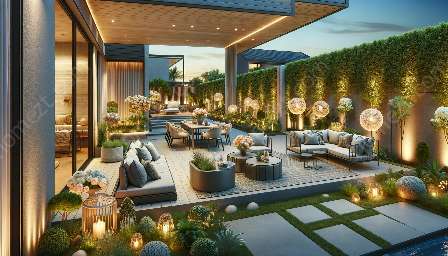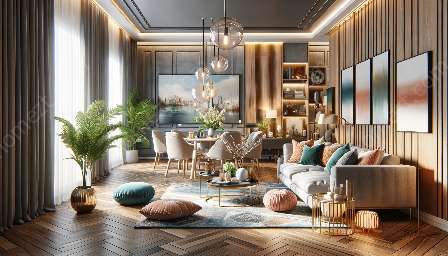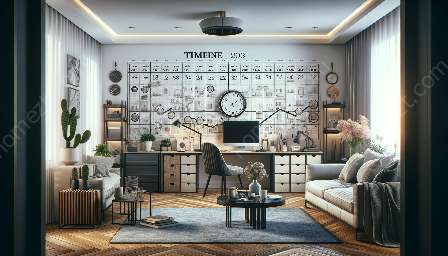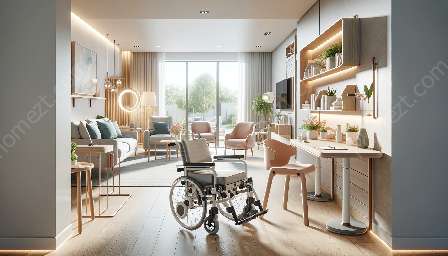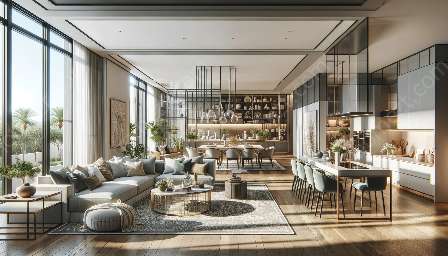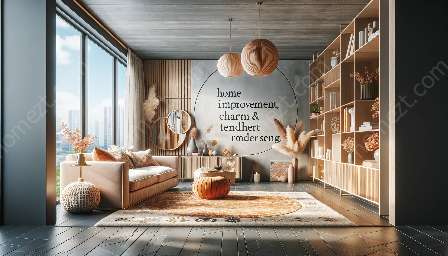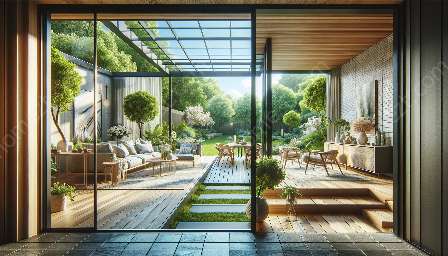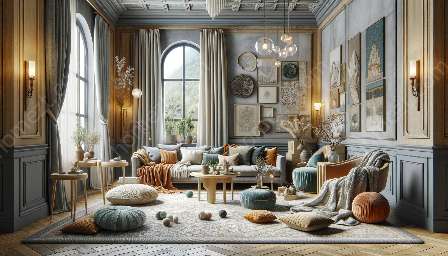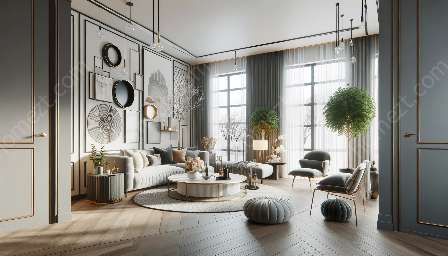Designing for special needs individuals requires a thoughtful approach that integrates functionality, accessibility, and aesthetics. In the realm of interior design, addressing the specific needs of individuals with disabilities or special requirements can be both challenging and rewarding. By incorporating elements of homemaking and interior decor, it is possible to create spaces that are not only beautiful but also conducive to an enhanced quality of life for those with special needs.
Understanding Special Needs
Before delving into the world of design for special needs, it is important to have a clear understanding of the diverse range of disabilities and conditions that may necessitate special accommodations. From physical disabilities that require mobility aids and accessible spaces to cognitive impairments that may require attention to sensory stimuli and safety considerations, the spectrum of special needs is broad and varied.
Each individual with special needs may have unique requirements, and it is crucial to approach design with sensitivity, empathy, and a focus on enhancing independence and well-being.
Functional and Accessible Design
Creating a functional and accessible interior design begins with thoughtful space planning and layout considerations. For individuals with mobility challenges, ensuring that spaces are free of obstacles and feature appropriate clearances for wheelchair or other assistive device maneuverability is essential.
Moreover, leveraging universal design principles enables the creation of spaces that can be accessed and utilized by individuals of all abilities, ultimately promoting inclusivity and diversity.
From the selection of furniture and fixtures to the incorporation of assistive technologies, every aspect of the interior design should be carefully curated to prioritize ease of use and independence for individuals with special needs.
Homemaking and Interior Decor
Integrating elements of homemaking and interior decor into the design for special needs is an opportunity to infuse personalization and warmth into the space. Consideration should be given to the individual's preferences, interests, and sensory sensitivities to create an environment that is both functional and emotionally enriching.
From choosing color palettes that promote a sense of calm to incorporating tactile elements that engage the senses, the intersection of homemaking and interior decor offers endless possibilities for creating spaces that cater to the specific needs and desires of special individuals.
Creating a Sensory-Friendly Environment
For individuals with sensory processing disorders or heightened sensitivities, the design of the environment plays a crucial role in promoting comfort and minimizing stress. This involves carefully selecting materials and textures, as well as controlling lighting and acoustics to create a soothing and harmonious sensory experience.
Adaptive Furniture and Equipment
Customizable and adaptive furniture and equipment are instrumental in tailoring the interior environment to the specific needs of individuals with disabilities. From height-adjustable work surfaces to supportive seating solutions, integrating specialized furniture and equipment seamlessly into the overall design ensures that the space not only meets functional requirements but also maintains a cohesive aesthetic.
Empowering Independence
Ultimately, the goal of design for special needs is to empower individuals to live independently and comfortably within their environments. By collaborating with occupational therapists, caregivers, and individuals themselves, interior designers can create spaces that serve as catalysts for personal growth, self-expression, and a sense of belonging.
Conclusion
Designing for special needs is a multifaceted endeavor that requires a holistic approach, blending aspects of interior design, homemaking, and specialized accommodations to craft spaces that celebrate diversity and enable individuals to thrive. By embracing inclusivity and leveraging creativity, interior designers can make meaningful contributions to enriching the lives of those with special needs.
